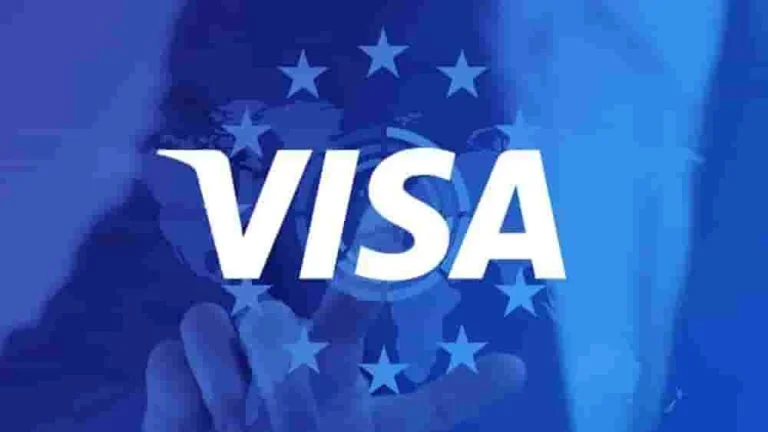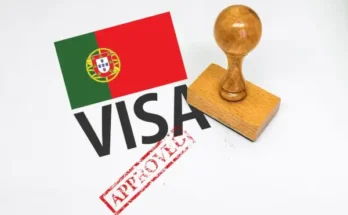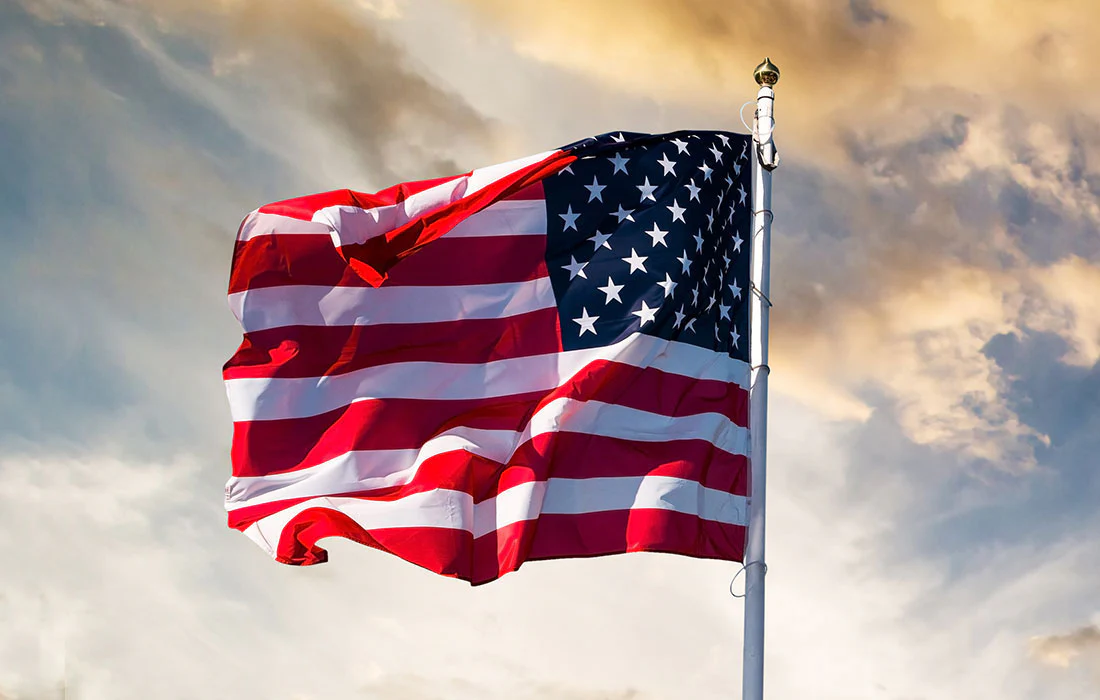1.1 Overview of the U.S. Visa Process for Pakistani Students
Studying in the U.S. can open doors to outstanding educational and career opportunities. The U.S. visa is a crucial part of this journey, allowing international students to attend universities and immerse themselves in a diverse culture.
Understanding the significance of the U.S. visa for education
U.S. universities offer high-quality education known worldwide, along with cutting-edge research facilities and a plethora of extracurricular activities. A U.S. education not only provides valuable knowledge and skills but also enhances your global perspective.
Key benefits of studying in the U.S.
-
- Access to diverse academic programs
-
- Opportunities for research and innovation
-
- Cultural experiences and international networking
-
- Access to internships and job opportunities post-graduation
1.2 The Role of Pak SM in the Visa Process
Introduction to the Pak SM platform
Pak SM is a user-friendly online platform designed to support Pakistani students throughout their U.S. visa application process. It simplifies the often complex journey of securing a student visa.
How it simplifies the visa process for Pakistani students
With features like step-by-step guidelines, personalized assistance, and comprehensive resources, Pak SM removes much of the confusion students face. This platform empowers students to focus more on their academic goals rather than getting bogged down by paperwork.
1.3 Objectives of the Article
This article aims to provide a comprehensive guide for Pakistani students seeking to navigate the U.S. visa process with the help of Pak SM.
Target audience and what they will learn
- Insights into different types of U.S. student visas
- The step-by-step application process via Pak SM
- Tips for preparing for a successful visa interview
2. Understanding Different Types of U.S. Visas for Students
2.1 F-1 Visa: The Student Visa
The F-1 visa is the most common choice for international students studying in the U.S.
Requirements and eligibility criteria
To qualify for an F-1 visa, you need:
- Admission to a SEVP-approved school
- Proof of sufficient funds to cover tuition and living expenses
- A valid passport
Application process and documentation needed
- Apply through the school you have been accepted to
- Pay the SEVIS fee
- Complete the DS-160 form and gather necessary documentation for your interview
2.2 J-1 Visa: The Exchange Visitor Visa
The J-1 visa is for students partaking in approved exchange programs.
Overview of the J-1 visa and its categories
It offers various categories such as student, intern, and research scholar, each with slightly different criteria.
Key eligibility requirements and processes
Eligibility can vary based on program specifics, so it’s crucial to consult the program sponsor for detailed information.
2.3 M-1 Visa: The Vocational Student Visa
The M-1 visa is suited for students enrolled in vocational or non-academic programs.
Who needs the M-1 visa?
If you’re pursuing hands-on vocational training, the M-1 visa is your go-to option.
Documentation and application steps involved
Similar to other visa types, you’ll need to gather official documentation showing acceptance into a qualifying program and proof of financial stability.
3. Step-by-Step Application Process for the Pak SM U.S. Visa
3.1 Preparing for Your Visa Application
Gathering necessary documentation
Prepare documents like:
- Acceptance letter from your U.S. school
- SEVIS fee payment receipt
- Passport with at least six months validity beyond your planned stay
- Financial statements demonstrating the ability to pay for tuition and living costs
Importance of financial statements and proof of funds
Having substantial proof of funds is crucial. It reassures the consulate of your capability to support your study journey without financial assistance.
3.2 Filling Out the DS-160 Form
Detailed instructions on completing the form
The DS-160 form requires personal details, travel information, and educational background. Make sure to fill it out accurately through the Consular Electronic Application Center online.
Common mistakes to avoid during the application
- Leaving sections incomplete
- Providing inconsistent information compared to your other documents
- Forgetting to submit the form confirmation page during your interview
3.3 Scheduling Your Visa Interview
How to book an appointment through Pak SM
Booking your interview through Pak SM is straightforward. You’ll find an intuitive scheduling tool that allows you to pick dates based on consulate availability.
Tips for preparing for the interview
Practice standard questions, dress formally, and approach the interview with confidence. Remember, your goal is to showcase your intention to study and return home after your studies.
4. Tips for a Successful Visa Interview
4.1 Understanding Common Interview Questions
Typical questions include:
- Why do you wish to study in the U.S.?
- How do you plan to fund your education?
- What are your career goals?
How to prepare effective responses
Practice articulating your answers clearly and honestly. Preparing anecdotal evidence of your motivations can bolster your authenticity during the interview.
4.2 Dress and Demeanor: First Impressions Matter
The importance of professional appearance
Dressing professionally signals respect for the interview process. A neat and tidy appearance sets a positive tone.
Tips on body language and communication
- Maintain eye contact
- Keep your posture straight
- Be polite and calm, even if you’re nervous
4.3 Following Up After the Interview
What to do after the interview
After your interview, it’s crucial to thank the interviewer for their time, as a courtesy.
How to check the status of your visa application
You can check the visa application status through the Consulate’s website. Patience is key here, as it may take time to process.
5. Adjusting to Life in the U.S. as an International Student
5.1 Finding Accommodation and Settling In
Options for student housing and tips for finding roommates
Explore both on-campus and off-campus housing options. Websites like Craigslist and local university classifieds can help you find potential roommates and accommodation.
Advice on adapting to a new environment
Stay open-minded and immerse yourself in your new surroundings. Join clubs and attend orientations to make the transition smoother.
5.2 Understanding Education and Student Life in the U.S.
Overview of academic expectations and cultural differences
Be prepared for more interactive learning environments, where participation is often as important as exams.
Getting involved in campus activities and networking
Participating in campus events helps you connect with peers and establish a social network, both essential for a fulfilling college experience.
5.3 Maintaining Your Visa Status
Guidelines on maintaining F-1 or J-1 visa status
Be aware of the specific visa requirements, including full-time enrollment and updates on changes to your study program.
Importance of compliance with visa regulations
Failure to maintain your visa status can result in losing student privileges, so stay informed and compliant.
Conclusion
Navigating the Pak SM U.S. visa process may seem daunting, but with the right information and preparation, you can proceed confidently. Remember, this is just the beginning of an exciting academic journey. Don’t hesitate to reach out for help, and take charge of your future.
FAQs
Q1: What are the eligibility criteria for applying for a U.S. student visa?
You need to be accepted by a SEVP-approved school, provide proof of financial resources, and have a valid passport.
Q2: How long does the U.S. visa application process take?
Typically, it can take anywhere from a few days to several weeks, depending on various factors, including your location and the consulate’s workload.
Q3: What should I do if my visa application is denied?
You can either rectify the issues that caused the denial and reapply or seek advice from the consulate on how to proceed.
Q4: Can I work while studying in the U.S. on a student visa?
Yes, students on an F-1 visa may work on-campus, and certain off-campus employment can be authorized under specific conditions.
Q5: Is it possible to change my visa status once I am in the U.S.?
Yes, it’s possible to change your visa status, but this typically requires meeting certain conditions and filing the appropriate documentation.


